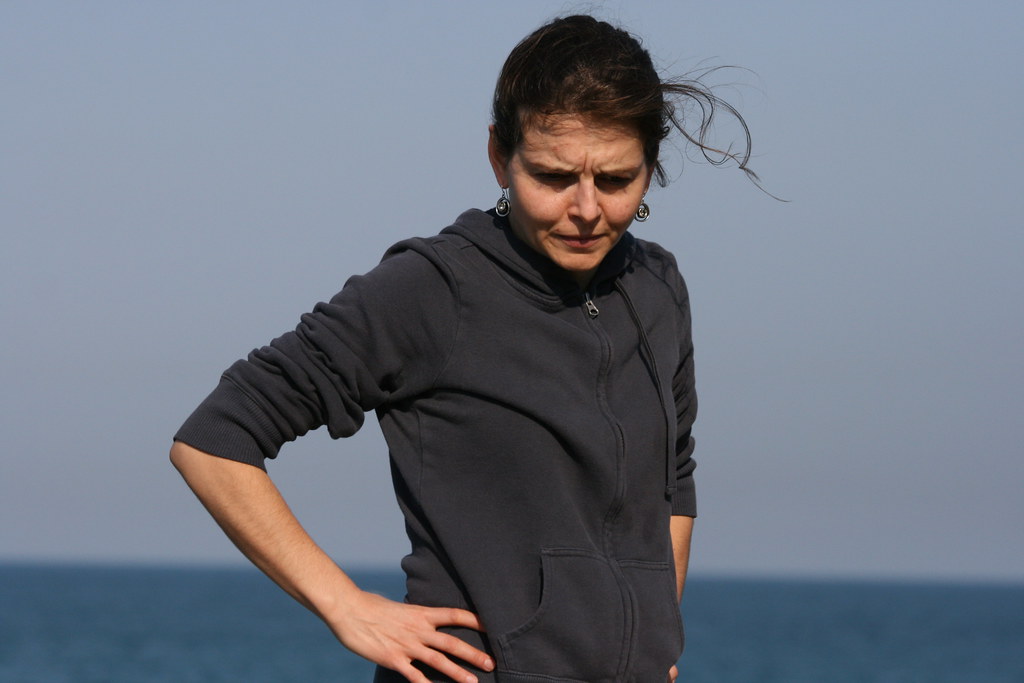"What is Orthodox Judaism? If it is a sociological group, a club of sorts, then we can make any membership rules we...
Posted by Pesach Sommer on Thursday, December 17, 2015
“But it takes so little to help people, and people really do help each other, even people with very little themselves. And it’s not just about second chances. Most people deserve an endless number of chances.” ― Will Schwalbe, The End of Your Life Book Club
Thursday, December 17, 2015
Guidance for the Perplexed? - Does the Orthodox community offer help to those who are struggling with religious beliefs?
Tuesday, November 24, 2015
Some Thoughts on Tachanun, Tehillim, and Tefillah
"I have to admit that until recently, I was one of those people who was happy when I got to skip Tachanun. Whether it...
Posted by Pesach Sommer on Tuesday, November 24, 2015
Tuesday, November 10, 2015
Unhealthy Obsession- Gil Student's RCA Fiasco
"I hesitate to write this, and it is with a sense of regret that I do so. Rabbi Gil Student is a talmid chacham and...
Posted by Pesach Sommer on Tuesday, November 10, 2015
Thursday, October 29, 2015
YU's Next President- who gets a say?
"I strongly believe that the future of YU matters for the American Jewish community in general, and specifically for the...
Posted by Pesach Sommer on Thursday, October 29, 2015
Thursday, September 24, 2015
Remembering What Matters- Why does Succot follow Yom Kippur?
Thursday, September 17, 2015
Speechless Before the Judge- Some thoughts on teshuva
Thursday, August 20, 2015
The Many Roads to Serving HaShem- audio shiur marking the 80th yarhrtzeit of Rav Kook
Monday, August 17, 2015
Required reading- On the importance of Rav Kook and his sefer LeNevuchei HaDor for our generation
[For those who are looking for English works by or on Rav Kook, I would highly recommend Rav Betzalel Naor’s masterful translation of Orot, and Rav Yehuda Mirsky’s excellent intellectual biography Rav Kook: Mystic in a Time of Revolution.]
Friday, August 14, 2015
Why Was There Only One Mikdash?- Unity and individuality in serving HaShem (audio shiur)
Monday, August 10, 2015
Tears for a Broken System- Protesting an approach that fails most of our boys
I have no problem with the article itself, excluding the implied suggestion about the gemara-only approach. I understand that a headline stating “Here’s a Rebbe with an approach that some schools might consider” might not have been as exciting, or even qualified to be on the cover, but how much longer will we push our boys into a harmful one-size-fits-all system, a system that should make all of us join HaShem in his crying?
"It was, at once, one of the most beautiful and one of the saddest things I’ve ever seen. “Shmuel” a 15 well-behaved...
Posted by Pesach Sommer on Monday, August 10, 2015
Tuesday, July 28, 2015
Tu-gether again- Why is Tu B'Av considered one of the two happiest days of the year? (audio shiur)
Running time 43 minutes
Thursday, July 23, 2015
Was There a Walking Talking Snake in Gan Eden- Using our intellect in studying Torah- Project Makom (video shiur
Monday, July 20, 2015
Justice for the Children- Some thoughts from the Taubenfeld abuse trial
After having had some time to process what I saw and heard, more than anything, I feel powerless, knowing that whatever anger, fear, and frustration I might feel, there is little if anything I can accomplish to bring about change. Perhaps the presence of those who attended the trial to support Laiby gave him some encouragement as the defense lawyer tried to get him frustrated and catch him in a lie, but I am left wondering what, if anything else, I could do to effect change in a community of which I am not a part. I attended the trial wanting to give hope to Laiby, and to other victims, wanting to believe that somehow, justice would prevail, and to believe that, finally, in communities like New Square the wellbeing of the children would finally take center-stage. It was this lack of power, and the wishful thinking it subsequently brought about, that, in the end, leaves me feeling so deeply sad and afraid.
"I know that I can’t have held my breath for 1 ½ hours this past Friday. Still, as i sat in the courtroom listening to...
Posted by Pesach Sommer on Monday, July 20, 2015
Friday, July 17, 2015
The Glue that Holds Us Together- Why was half of Menashe chosen to go with Reuven, and Gad?
Thursday, July 9, 2015
From Pinchas to Bonhoeffer- What are we willing to risk for God, truth, and others? (audio shiur)
(Running time: 61 minutes)
Monday, July 6, 2015
Open the Book- Do we know as much as we think we do?
[While I don't get into specifics, I hope that what follows encourages some thoughtful discussion and reflection on some...
Posted by Pesach Sommer on Monday, July 6, 2015







.jpg)











